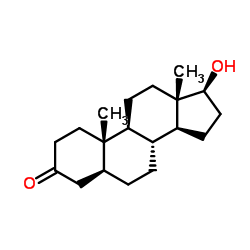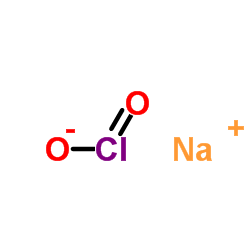| Structure | Name/CAS No. | Articles |
|---|---|---|
 |
acetic acid
CAS:64-19-7 |
|
 |
Sodium hypochlorite
CAS:7681-52-9 |
|
 |
acetic acid
CAS:1173022-32-6 |
|
 |
Stanolone
CAS:521-18-6 |
|
 |
Sodium chlorite
CAS:7758-19-2 |